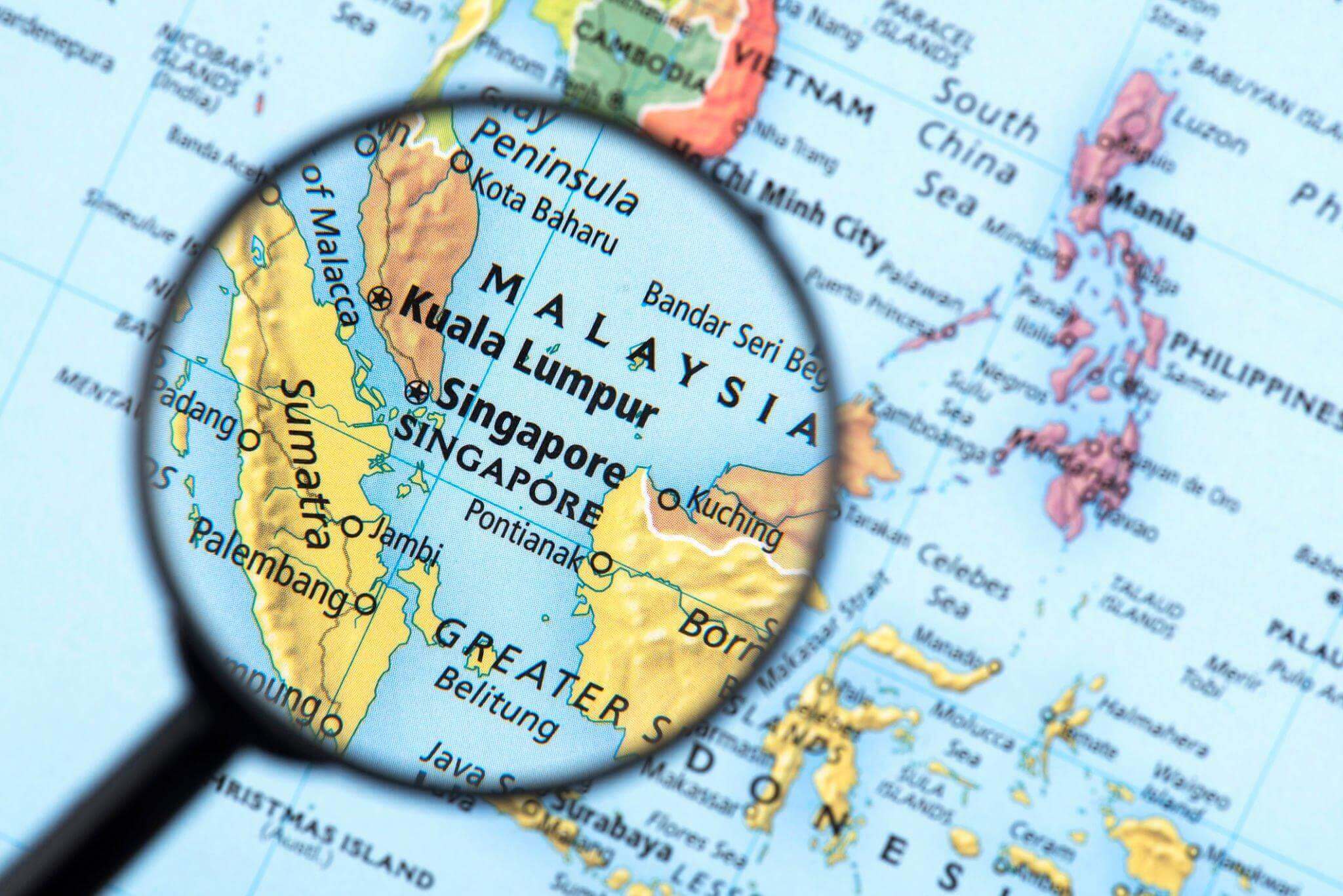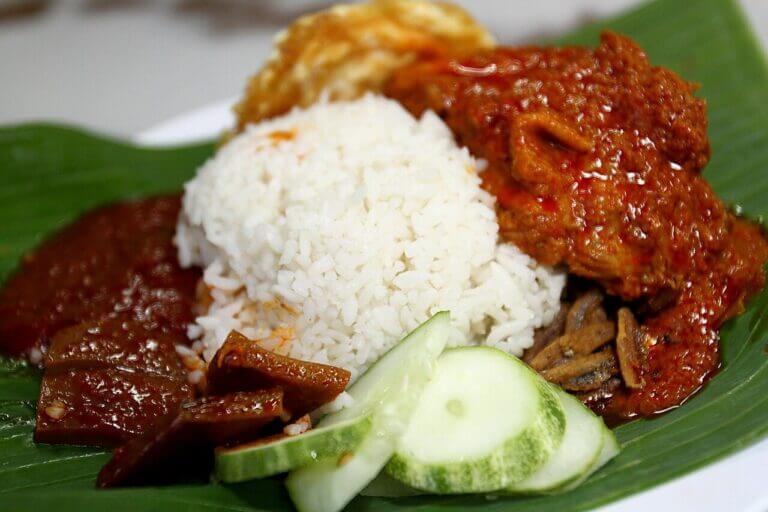List of Contents
It’s time to take a trip down memory lane and delve into the wild, wild history of the separation of Malaysia and Singapore. Yes, you heard that right! Once upon a time, these two countries were part of the same political union, known as the Federation of Malaysia. But, as they say, all good things must come to an end. And so, after just two short years, Malaysia and Singapore went their separate ways and became independent states. We’re going to have some fun looking at the reasons and events that led to this divorce, the separation process, and the aftermath.
Factors leading to separation
Okay, so what caused this separation between Malaysia and Singapore, you may ask? Well, my dear friends, it was a combination of political and ethnic tensions, as wild and untamed as a herd of horses in a stampede! The ruling party of Malaysia, the Alliance Party, was made up of different ethnic-based political parties, while the ruling party of Singapore, the People’s Action Party (PAP), was a socialist party. This difference in ideology resulted in tensions over resource allocation and economic policies.
And if that wasn’t enough, there were also growing ethnic tensions between the Malay and Chinese communities in Malaysia. These tensions were further exacerbated by issues surrounding the position of the Malay language as the national language. This sparked concerns among the Chinese community in Singapore about their rights and freedoms, leading to increased calls for independence.
The Separation Process
The separation of Malaysia and Singapore was a complex and challenging process, involving negotiations and agreements between the two countries. In August 1965, the Malaysia-Singapore Separation Committee was formed to oversee the separation process. The committee was tasked with negotiating the terms of separation and ensuring that the process was carried out smoothly.
After several months of negotiations, the Malaysia-Singapore Separation Agreement was signed on August 9, 1965. The agreement provided for the peaceful separation of the two countries, the transfer of government assets and liabilities, and the settlement of outstanding issues between Malaysia and Singapore.
Consequences of the Separation
1. Economic Impact
One of the most significant consequences of the separation was the economic impact it had on both countries. With the formation of two independent states, each country had to establish its own unique economic system and allocate resources accordingly.
For Singapore, the separation allowed for greater economic freedom and the implementation of policies that focused on economic development. The country rapidly became a major player in the global economy, with a thriving trade and tourism sector.
For Malaysia, the separation resulted in the loss of a significant portion of its population and resources. This meant that the country had to readjust its economic policies and allocate resources differently. Despite these challenges, Malaysia continued to develop economically, with a focus on the agricultural and natural resources sectors.
2. Social Consequences
The separation of Malaysia and Singapore also had social consequences. On the one hand, the Malay community in Singapore had to readjust to life as a minority in an independent state. This resulted in changes to their national identity and loyalties.
On the other hand, the Chinese community in Malaysia had to come to terms with the loss of a significant portion of their population. This resulted in changes to their national identity and ethnic relations.
3. Political Consequences
The formation of two independent states resulted in changes to the political systems of each country. Singapore adopted a more socialist approach, while Malaysia focused on developing a national identity based on its ethnic diversity.
The separation also resulted in changes to inter-ethnic relations. With the formation of two independent states, each country sought to establish its own separate national identity. This resulted in changes to the way in which different ethnic groups interacted with each other.
4. Cultural Impact
a. Similarities in Culture
Despite the separation of Malaysia and Singapore, the two nations still share many cultural similarities. For one, both countries have a rich and diverse cultural heritage, influenced by the various ethnic groups that make up their populations. Additionally, both nations have a strong appreciation for traditional arts and crafts, such as music, dance, and textiles.
Another key aspect of the cultural similarities between Malaysia and Singapore is their shared love of food. Both countries boast a rich culinary tradition, with a wide range of delicious and flavorful dishes that reflect their diverse ethnic makeup. Whether it’s the spicy curries of Malaysia or the savory noodles of Singapore, both nations are renowned for their rich and diverse food cultures.
b. Differences in Culture
While Malaysia and Singapore share many cultural similarities, there are also some notable differences between the two nations. For example, Malaysia is a predominantly Muslim country, while Singapore has a predominantly Chinese population, with significant numbers of Malays and Indians as well. This diversity in ethnicity has led to different cultural traditions and practices, as well as different religious beliefs and customs.
Another notable difference between Malaysia and Singapore is their approach to tradition and modernity. While Malaysia has a strong connection to its traditional cultural roots, Singapore has embraced modernity and technological innovation, leading to a more cosmopolitan culture. This difference is reflected in the architecture and cityscapes of the two countries, with modern skyscrapers dominating the skyline in Singapore, while traditional architecture and design can be found in Malaysia’s more rural areas.
The Great Divide that Shaped History
The separation of Malaysia and Singapore was a significant event in the history of Southeast Asia. The reasons for the separation were rooted in political and ethnic tensions, and the process of separation was a complex and challenging one.
Despite these challenges, the separation resulted in the formation of two independent states with unique political and economic systems. The consequences of the separation continue to shape the relationship between Malaysia and Singapore to this day and serve as a reminder of the importance of cultural and political diversity.







